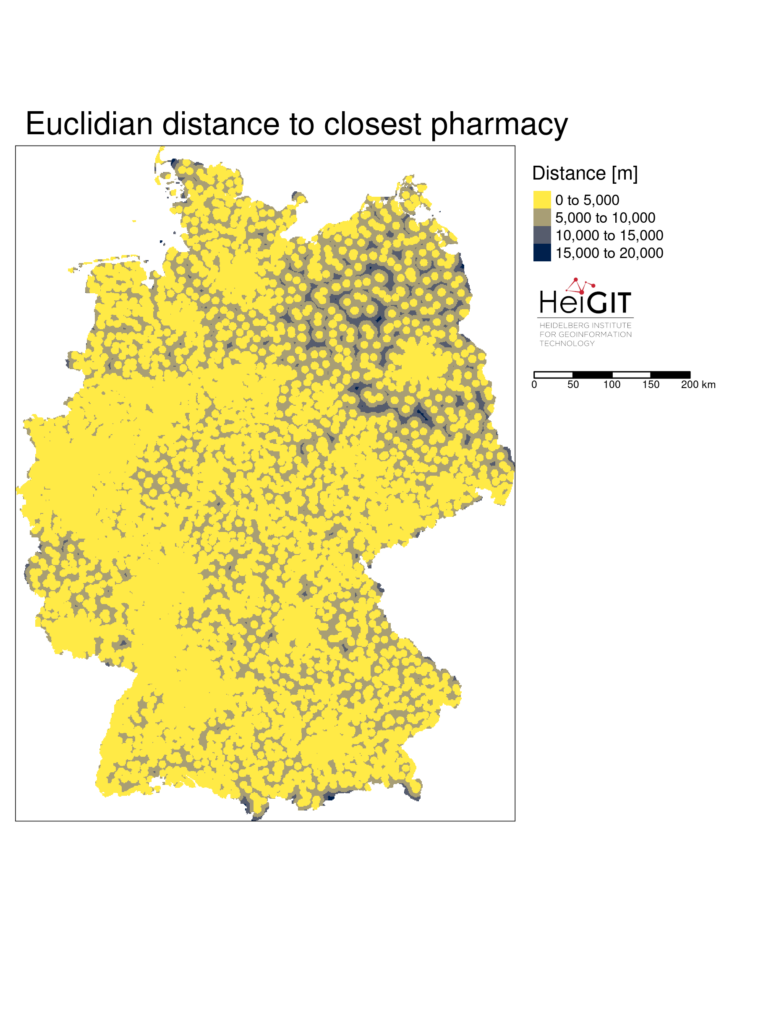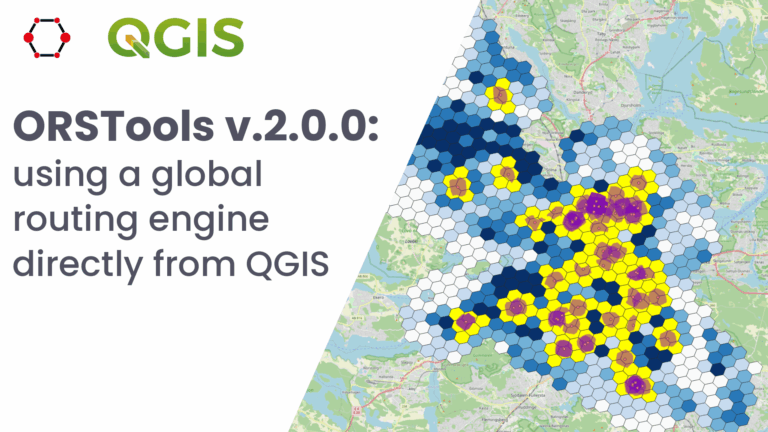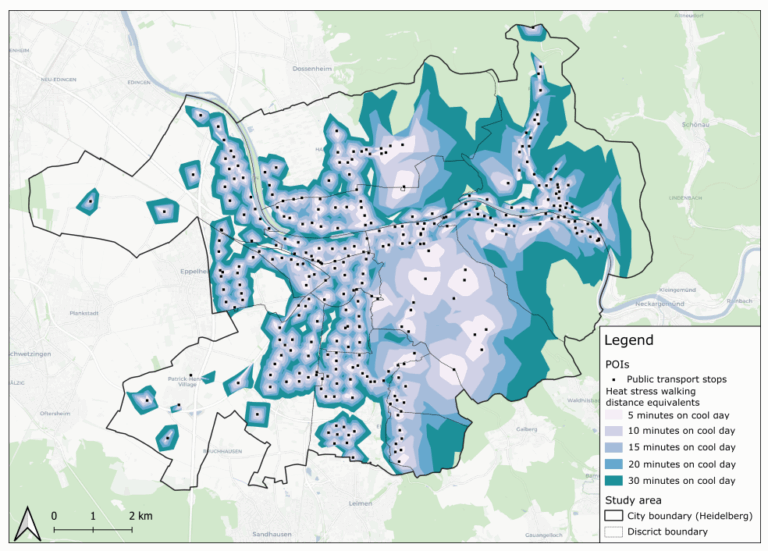Current lockdown regulations in Germany state that – in many but not all federal states – travel in COVID-19 hotspot regions is only allowed up to 15km distance. This has raised concerns since a 15km radius has been perceived by some as a serious constraint especially in rural regions. Clearly, this might prevent visits to friends and family – but this is of course the intention of the regulation which aims at a reduction of person to person contacts to reduce the virus spread. A different question is if basic needs can still be fulfilled given a radius of 15km. The regulations as far as known allow travel with a reasonable reason such as going to work, to a supermarket, a doctor or a pharmacy even if that is farther than 15km.
Still, it is an interesting question how far basic supplies are away from the inhabitants in Germany since this could be seen as an indicator for the equivalence of living conditions that are written in the German constitution. We looked at this by the example of pharmacies. OpenStreetMap (OSM) contained recently around 18.856 pharmacies in Germany which were concentrated in regions of higher population density. However, pharmacies are well enough distributed that only a small part of Germany is farther than 15km away from the next pharmacy (maximum distance ~19km).

Pharmacy locations derived from OpenStreetMap. Map data copyrighted OpenStreetMap contributors and available from https://www.openstreetmap.org
These areas are furthermore only sparsely populated, especially in parts of Brandenburg and Mecklenburg-West Pomerania. According to the census from 2011 these areas are home to less than 2900 inhabitants. More than 76 million inhabitants live closer than 5km to the next pharmacy.
These distances can be interpreted as distances from the front door to the pharmacy. The lockdown regulations are a bit fuzzy with respect to how to measure the 15km distance but at least for several federal states they seem to be interpreted as distance from the boundary of the settlement – so lockdown relevant distances would even be smaller.
The number of pharmacies in OSM seems relatively complete if we look at the development of pharmacies reported in OSM over time. The decrease in recent years could be related with the close-down of pharmacies in rural areas as part of a concentration process. The calculations are based on the open-source OSM history analytics platform ohsome by HeiGIT.
According to the Deutsche Apotheker Zeitung 18,987 pharmacies were reported in Germany in March 2020. This matches relatively well with the 18,856 pharmacies that were present in OSM at the beginning of January 2021, some may have closed since then. And finally here is the challenge: can you find the (potentially?) missing 131 pharmacies and add them to OSM?
Btw, you may also be interested in our short analysis of accessibility of COVID-19 vaccitation centers in Germany.
Some of our earlier work related to public health / accessiblity using OSM:
- Mapping physical access to health-care for older adults in sub-saharan-africa and implications for the covid-19-response – a cross-sectional analysis
- Exploring OSM for healthcare access analysis in Sub-Saharan-Africa
- OSM-Completeness of health-facilities in Sub-Sahara-Africa
- Recent changes to openstreetmap healthcare infrastructure in India
- New jupyter notebook: Analysis of access to health-care using openrouteservice isochrones-api-2
- Exploring OSM history – the example of health related amenities
- Quota for openrouteservice multi-vehicle-optimization increased to support logistics during corona-crisis
- Data-journalism-webapp about accessibility in sweden according to corona travel recommendations







